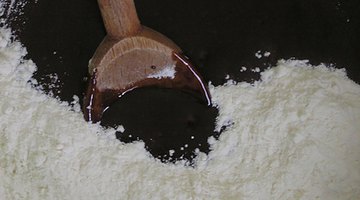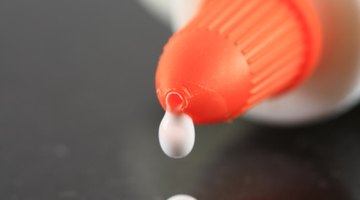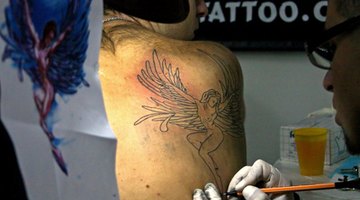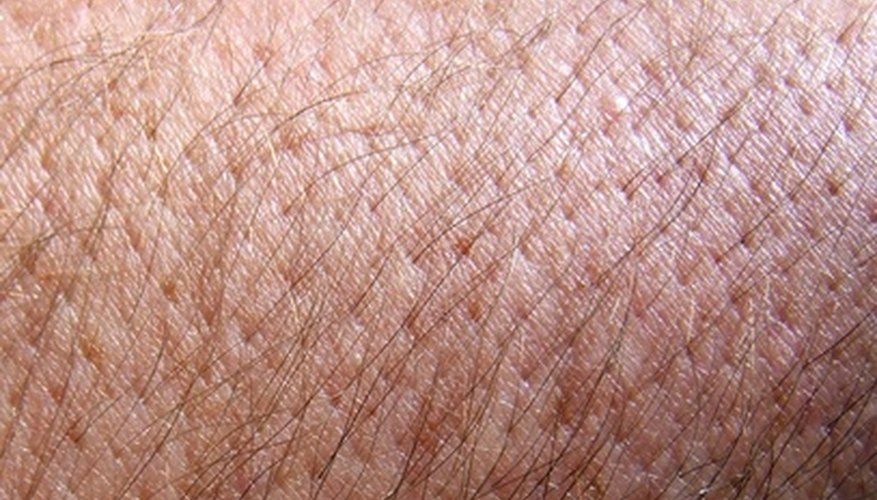Tattoos can be administered in a number of ways, and tattoo artists today use an electric machine that vibrates up and down, puncturing the skin, and looks like a sewing machine. Because of the permanence of tattoo art and the pain caused by the tattooing process, fake skin is often used to practice tattooing with. There are different ways to make this fake skin.
- Tattoos can be administered in a number of ways, and tattoo artists today use an electric machine that vibrates up and down, puncturing the skin, and looks like a sewing machine.
- Because of the permanence of tattoo art and the pain caused by the tattooing process, fake skin is often used to practice tattooing with.

Pour 5 tbsp of warm water in a large, clean bowl.

Add 8 tbsp all-purpose flour.

Mix these ingredients together in the bowl. Aim for a thick and fairly hard, yet malleable, consistency. Add more water or more flour as needed.

Flatten the flour-water mixture. Apply the glue liberally. Roll the mixture together and knead the mixture until the glue has amalgamated. Repeat this process several times. As the mixture hardens, if successfully done, it will have a rubbery elastic, thick feel to it, not unlike flesh.
- Flatten the flour-water mixture.
- Roll the mixture together and knead the mixture until the glue has amalgamated.

Tattoo the fake skin with your handheld apparatus or, after rolling the fake skin and flattening it out, use the tattoo machine. More fake skin can be made as the need arises.
TIP
You may also wish to try the actual skin/flesh of animals, such as pigs, or of humans (being cadavers), as they usually possess an even greater verisimilitude to live, human skin. Fake skin in the form of rubber and laminated rubber can also be used. Also, there may be people who would permit the practicing of an amateurish tattooing skill on them, but they may be harder to find.
